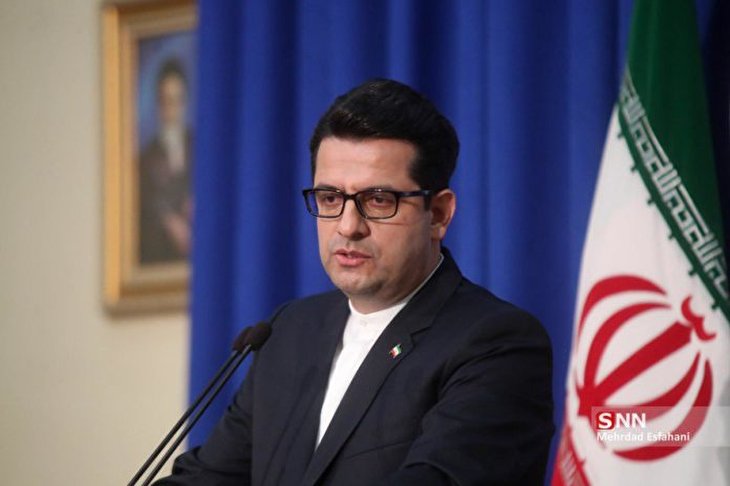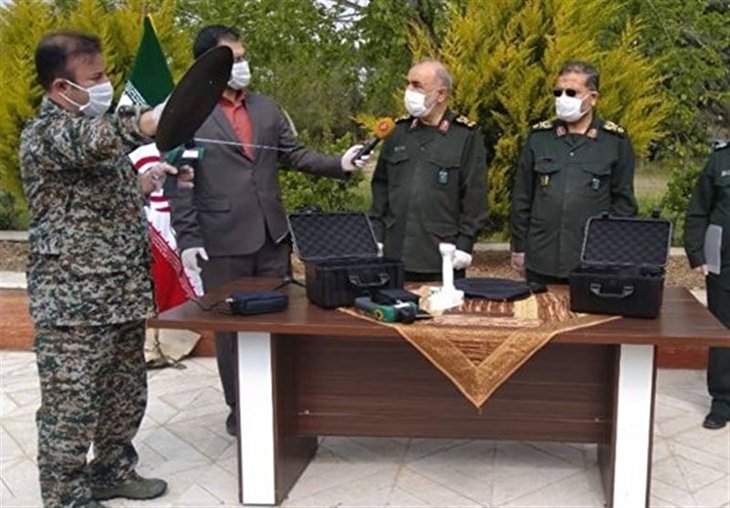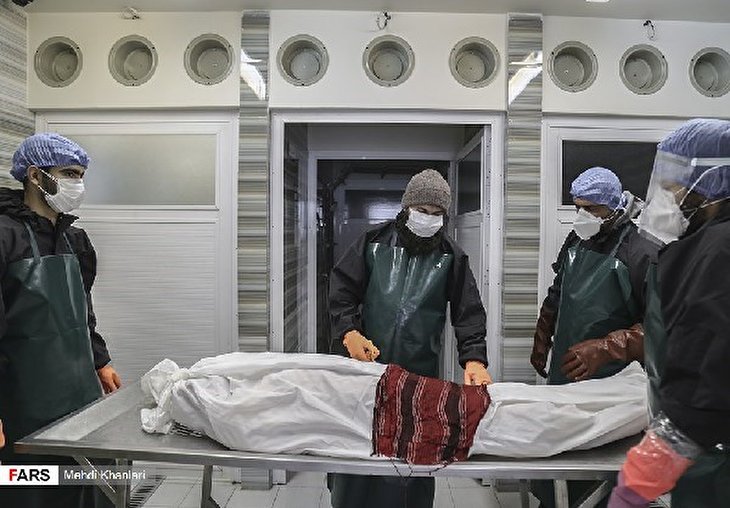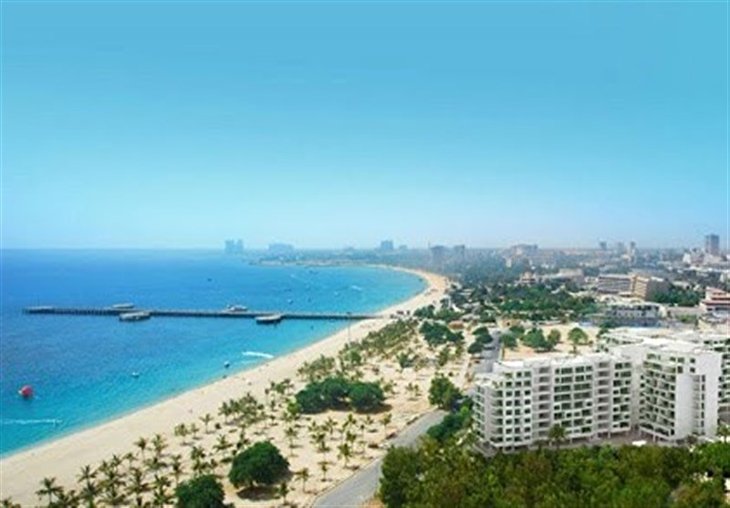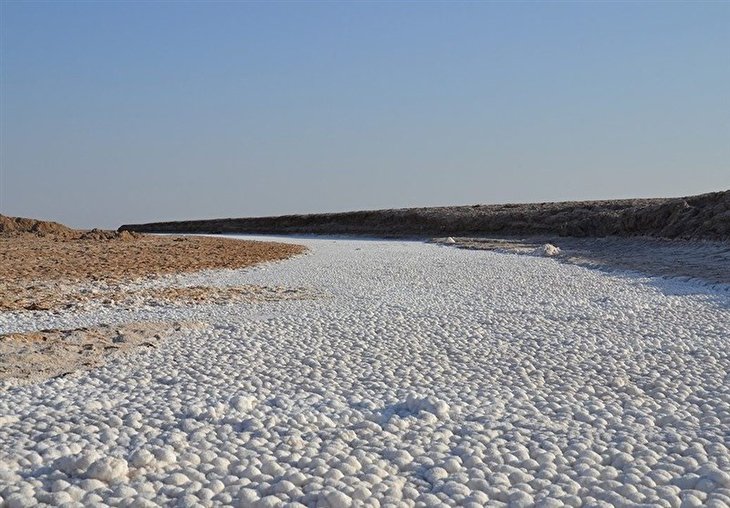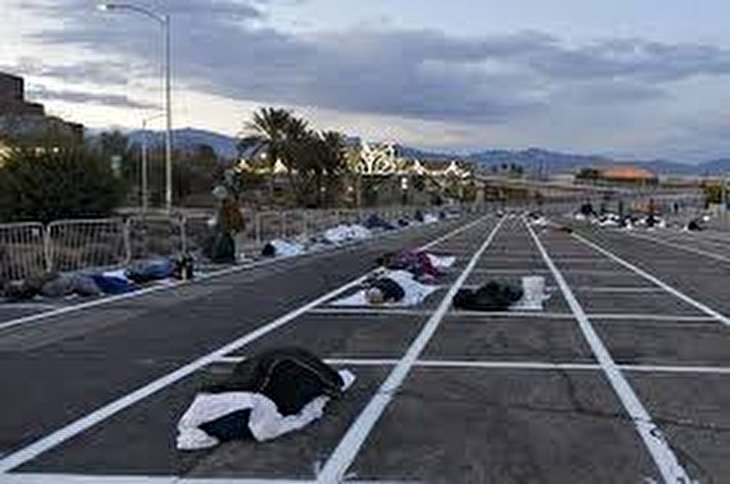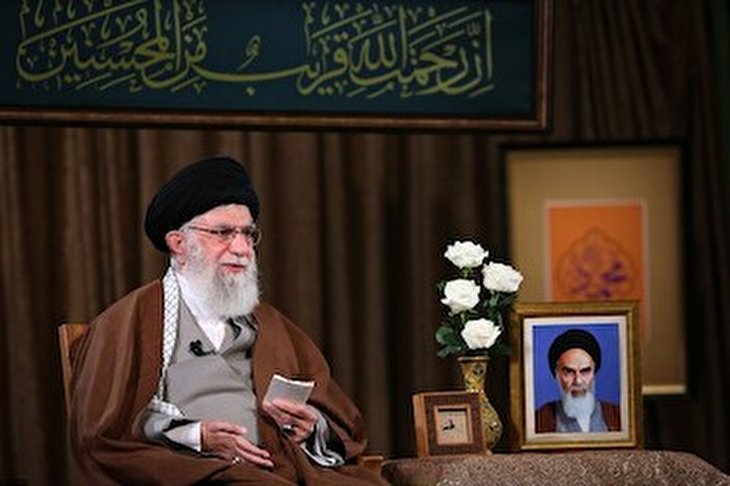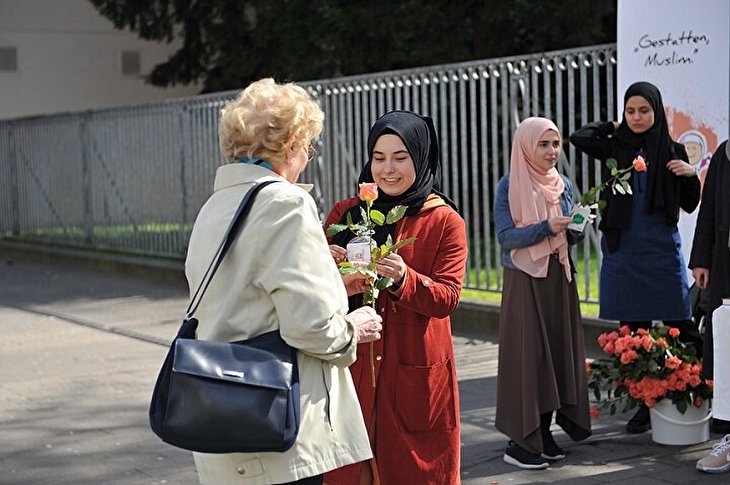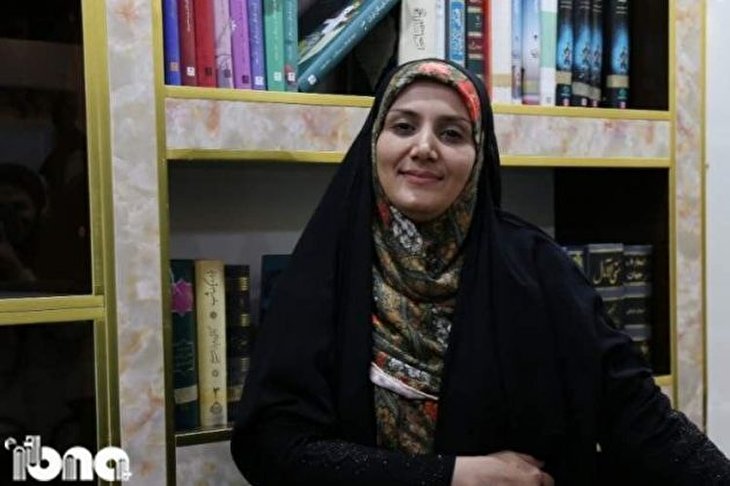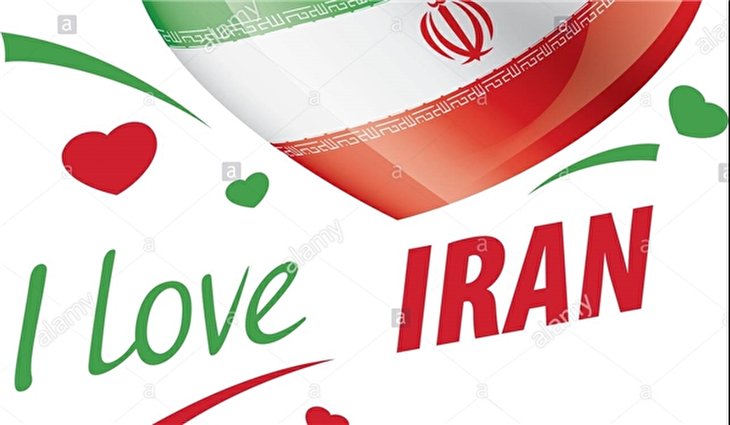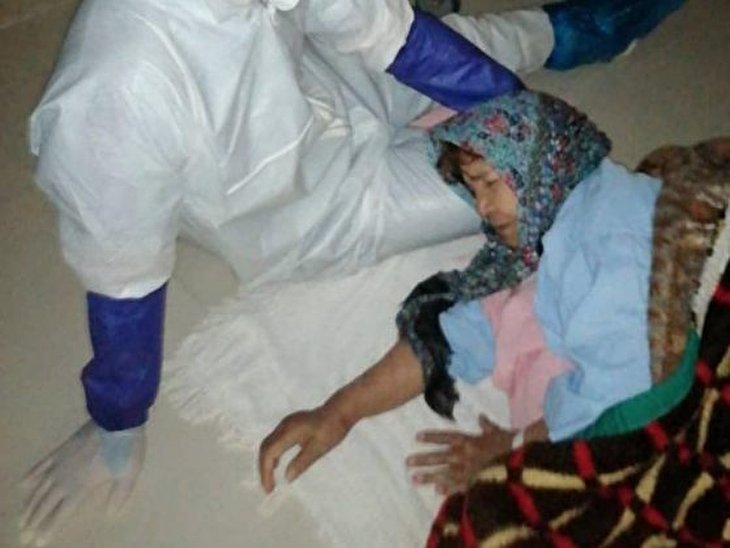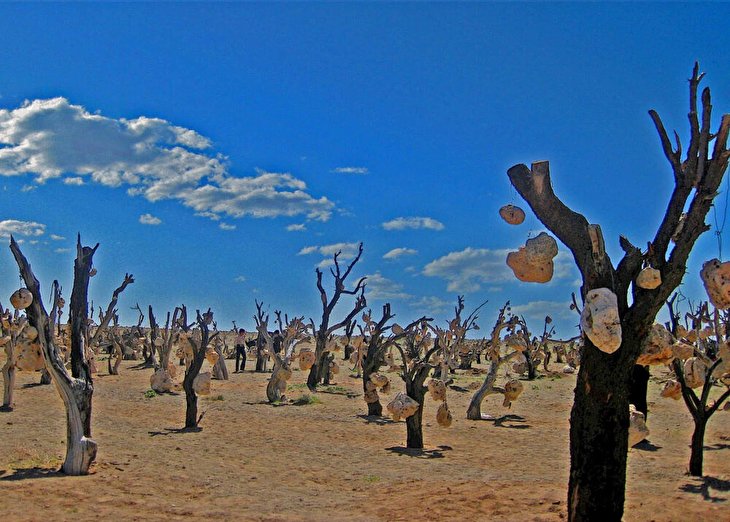
Armenians from 4 Corners of World Convene in Northwestern Iran

More than 3,000 Armenians from Iran and other parts of the world convened at St. Thaddeus Monastery in Chaldoran county of Northwestern Iran to observe the religious rituals of Badarak ceremony, Jalil Jabbari, Director General of West Azerbaijan province’s Cultural Heritage, Tourism, and Handicrafts Organization, said today.
Jabari said that St. Thaddeus Monastery ceremony was held at 10:30 am in the church with the presence of Armenians and other guests.
Qara Kelisa, also known as the St. Thaddeus Church, in Chaldoran County, Northwestern Iran is one of the oldest and most notable surviving Christian monuments of Iran that carries great significance for the country's Armenian Orthodox community.
Armenians hold that Qara Kelisa is the world's first church and was constructed in 68 BC by one of the apostles of Jesus, Saint Thaddeus, who traveled to Armenia, then part of the Persian Empire, to preach the teachings of Christ.
The church is composed of two parts: a black structure, the original building of the church from which it takes its name and a white structure, the main church, which was added to the original building's western wing in 1810 CE.
An ancient chapel two kilometers northwest of the church is said to have been the place where the first Christian woman, Sandokh, was martyred. The chapel is believed to be as old as Qara Kelisa.
The structure was inscribed along with two other monastic ensembles of the Armenian Christian faith namely St. Stepanos and the Chapel of Dzordzor.
Early in February, Iranian Minister of Culture and Islamic Guidance Abbas Salehi said that ethnic groups are enjoying a very good condition in Iran thanks to the Islamic Revolution of 1979, urging the scholars of all religious minorities to fight against the spread of extremist ideas among believers.
Salehi made the remarks on February 03, lauding the ethnic groups' status in Iran and the country's Constitution.
Islamic Republic constitution's stress on social and cultural rights of followers of monotheistic religions is the result of Iran's 1979 Islamic Revolution, Salehi said.
He made the comment in a message to the International Conference On Islamic Revolution and Monotheistic Religions held on the advent of 40th anniversary of the victory of the 1979 Islamic Revolution in Iran (February 11).
The minister urged exchange of views among scholars of monotheistic religions and their cooperation in joint cultural and scientific projects.
Followers and scholars of monotheistic religions have a high responsibility to fight extremist ideas in religions in the current critical situation, he added.
In a related front, earlier on January 30, Head of the Jewish community of Tehran Rabbi Yunes Hamami hailed the status of religious minorities in Iran, underlining that the Islamic Revolution laid the ground for coexistence among different religions and ethnicities.
Rabbi Hamami also said that after the Islamic Revolution, a new perspective was introduced by Imam Khomeini which urged for cooperation, and integration among the followers of different religions.
He went on to add that Imam Khomeini said “our religion is monotheism, Iran is our country and we are a single nation. These statements by Imam Khomeini opened a new path for interfaith dialogue based on mutual respect.”
He further added all Iranians from different religious and ethnic backgrounds were united to defend their country during eight years of the imposed Iraqi war, adding the enemies discriminately attacked Iranians regardless of their faith and ethnicities.
He added that the Islamic Revolution laid the ground for peaceful coexistence among followers of different religions in Iran and provided the chance for them to get to know each other better while preserving their identities.
In a related front, on August 19, representatives of Iranian religious minorities at the Parliament in a statement lashed out at US Vice-President Mike Pence for his allegations, and underlined that the religious minorities in Iran enjoy complete freedom.
Source:Fars

